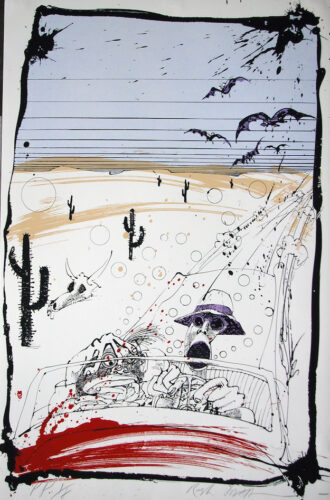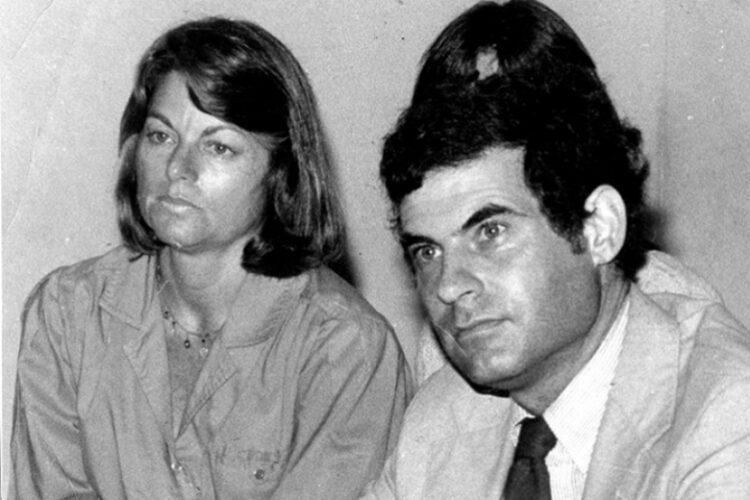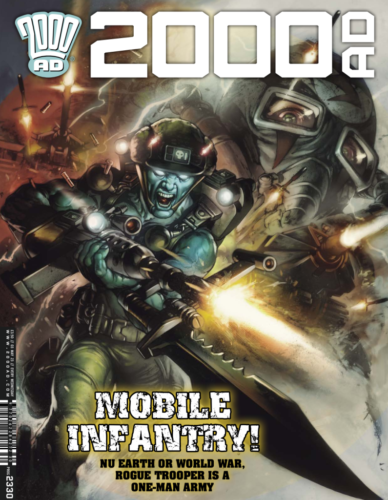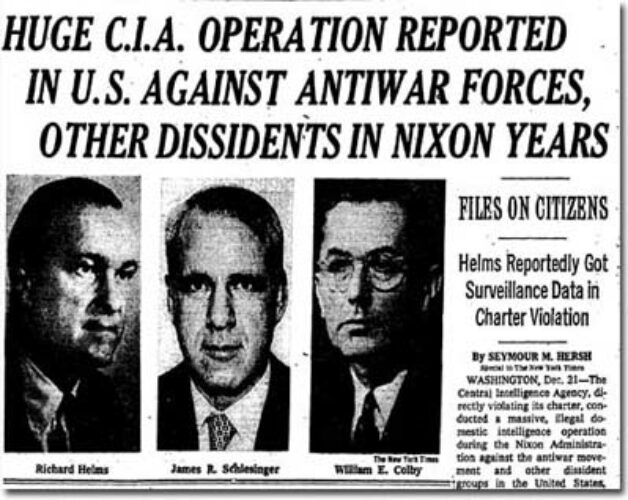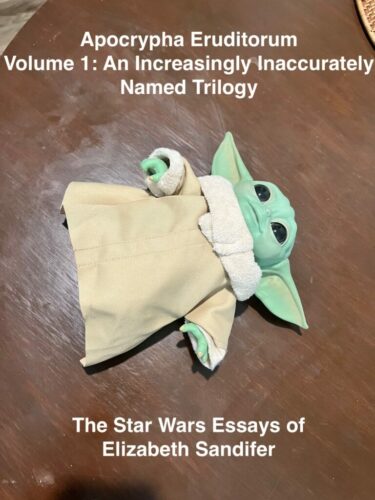The Films of Jiří Trnka (An American’s Guide to Czech Movies)

In a sane and just world, Jiří Trnka would be a bigger household name than Walt Disney. Instead, Disney has taken over the world and Trnka is best known for his influence on Rebecca Sugar and other animators. Such is the toll of monopolistic capitalism on media culture.
There’s no such thing as a national filmmaker, or one whose work sums up the culture of their home country. But Jiří Trnka, a Czech stop-motion animator, comes close to being the defining artist of Czech cinema. His body of work, ranging from children’s picture books to class feature and short films, chronicles a vital period in Czechoslovakian history. There are few major Czech texts Trnka didn’t adapt or toy with in some way. He saw Prague in the clutches of the Third Reich and the Soviet Union. And he chronicled that history in depth — not as a documentarian, but as an animator.
Trnka originated in Plzeň, a Bohemian city about 50 miles west of Prague. You’ll know Plzeň by its German name of Pilsner, if you’re fond of lager (this first-and-fourth generation American has disappointed her Italian and Czech-descended relatives with her allergy to alcohol, so I can’t indulge in Plzeň’s major export). Trnka’s initial work — and in many ways his only work — was puppetry, a longstanding Czech tradition in which Trnka was coached by his mentor Josef Skupa. Trnka is first and foremost a storyteller for children, one adapting the Brothers Grimm and Czech fairy tales.
Czech fairy tales are dour in a way influenced by the grim state of life in ancient and medieval Bohemia. Nature itself is hostile — water is an alien force in landlocked Česko. Children befall terrible fates. Mothers lose their families. And some incestuous perverts with bad chins control half the continent. It’s delightful. And Trnka is deeply invested in the tradition of Czech folk tales. Kids like a good scary story. Trnka has nothing but nationally conscious scary stories.
Part of this is Trnka’s medium. Stop-motion animation is inherently creepy. The marriage of tangible objects with artificial, coerced movement never quite moves out of the uncanny. When I was a kid, I made my father turn off Jason and the Argonauts because the sight of Talos, a giant statue who turns into a creaking stop-motion statue of horror, was the most frightening thing I’d ever seen. Talos was slower than your grandmother on the wrong dosage, and he was going to absolutely decimate your ass. Even chintzy shmaltz like the Rankin-Bass specials always seemed a bit off, although I watched Santa Claus is Comin’ to Town every year to see Mickey Rooney’s Anarchist Twink Santa overthrowing a fascist regime. Trnka uses stop-motion as an imitation of life that fully embraces the medium’s eeriness. It’s not that all his work is dark or creepy, but Trnka rejects hardline realism in a way that keeps him in the realm of the Eerie.
Let’s take Trnka’s debut feature film, 1950’s Špalíček, or The Czech Year.…

